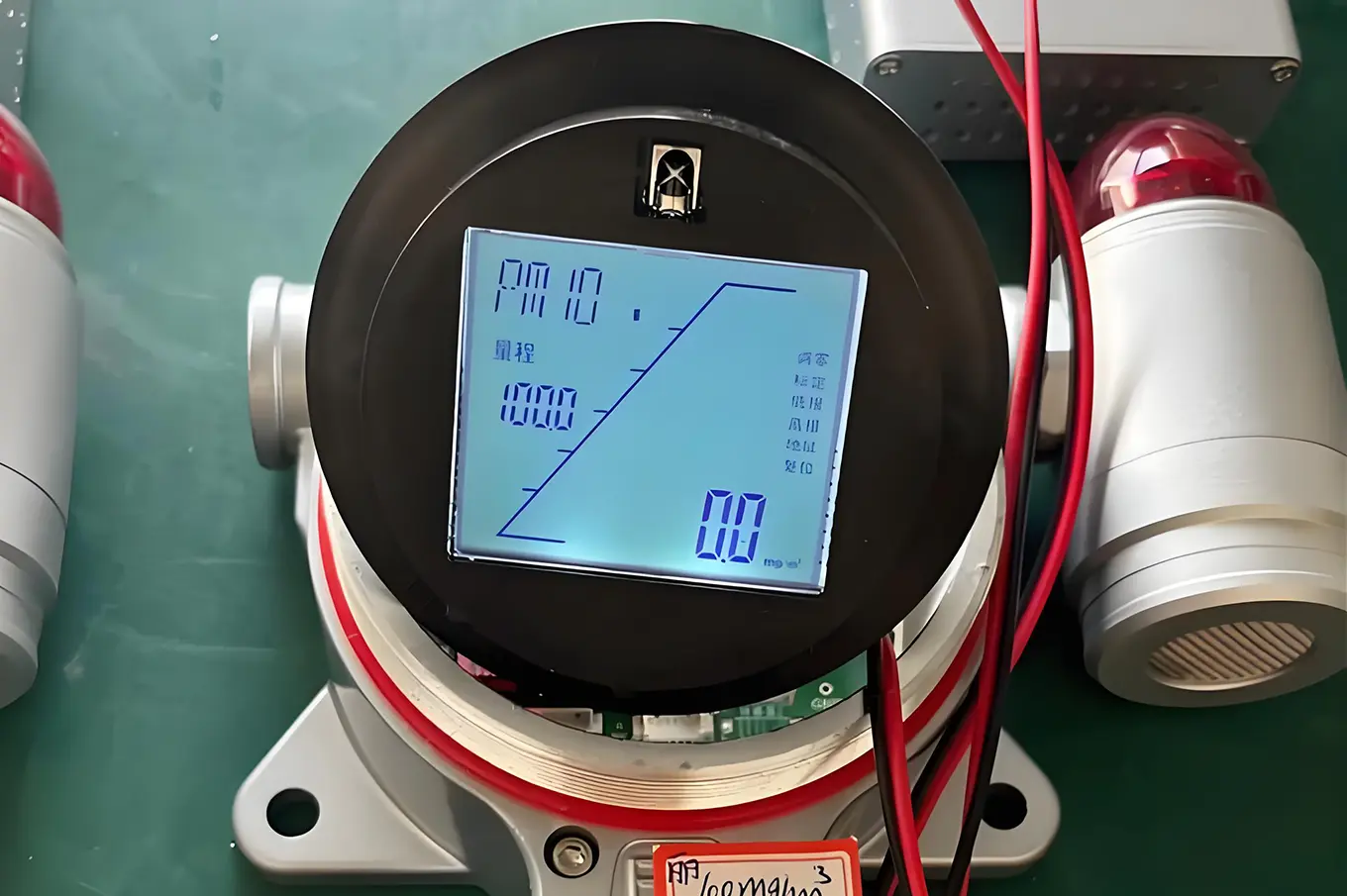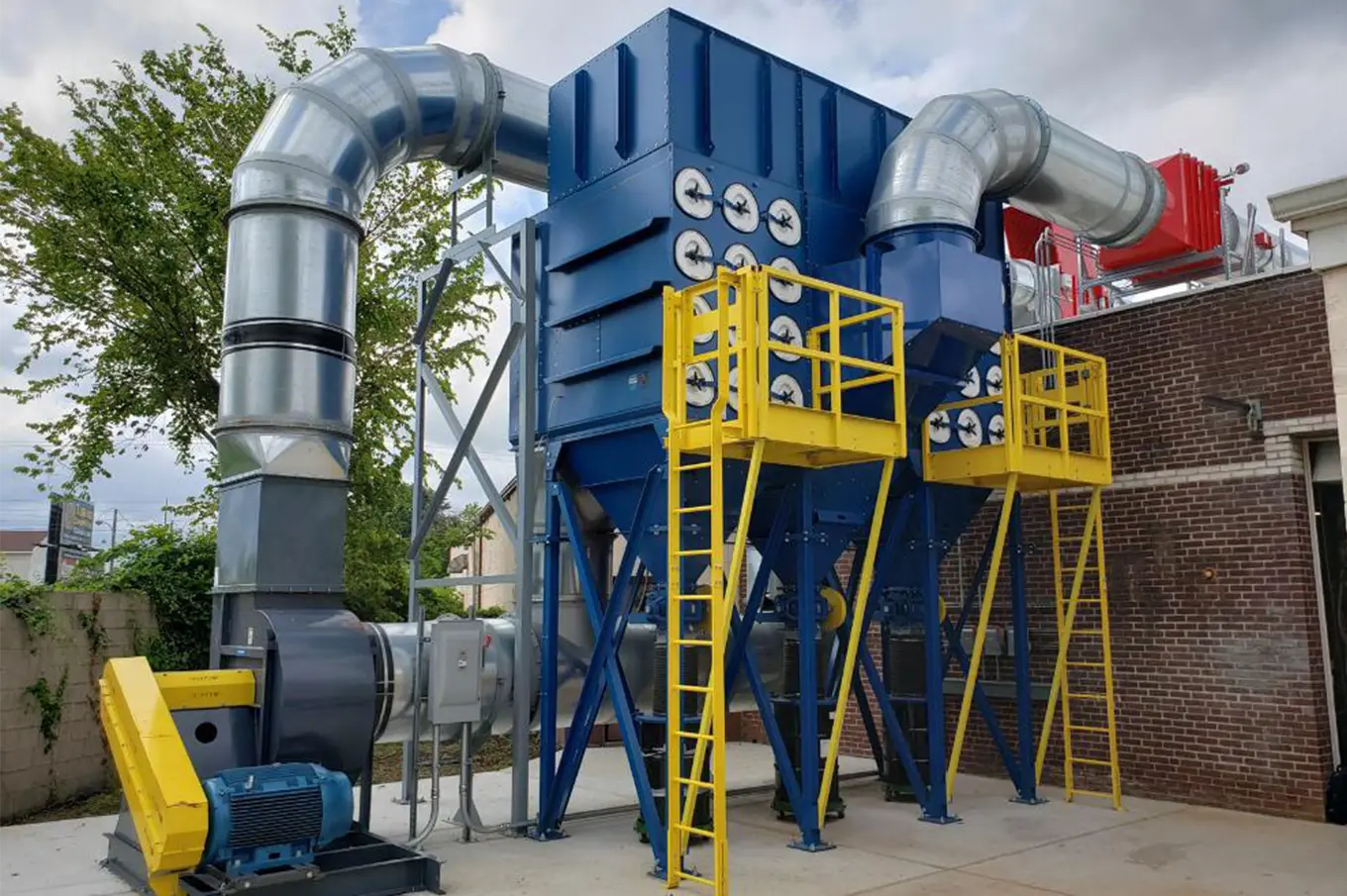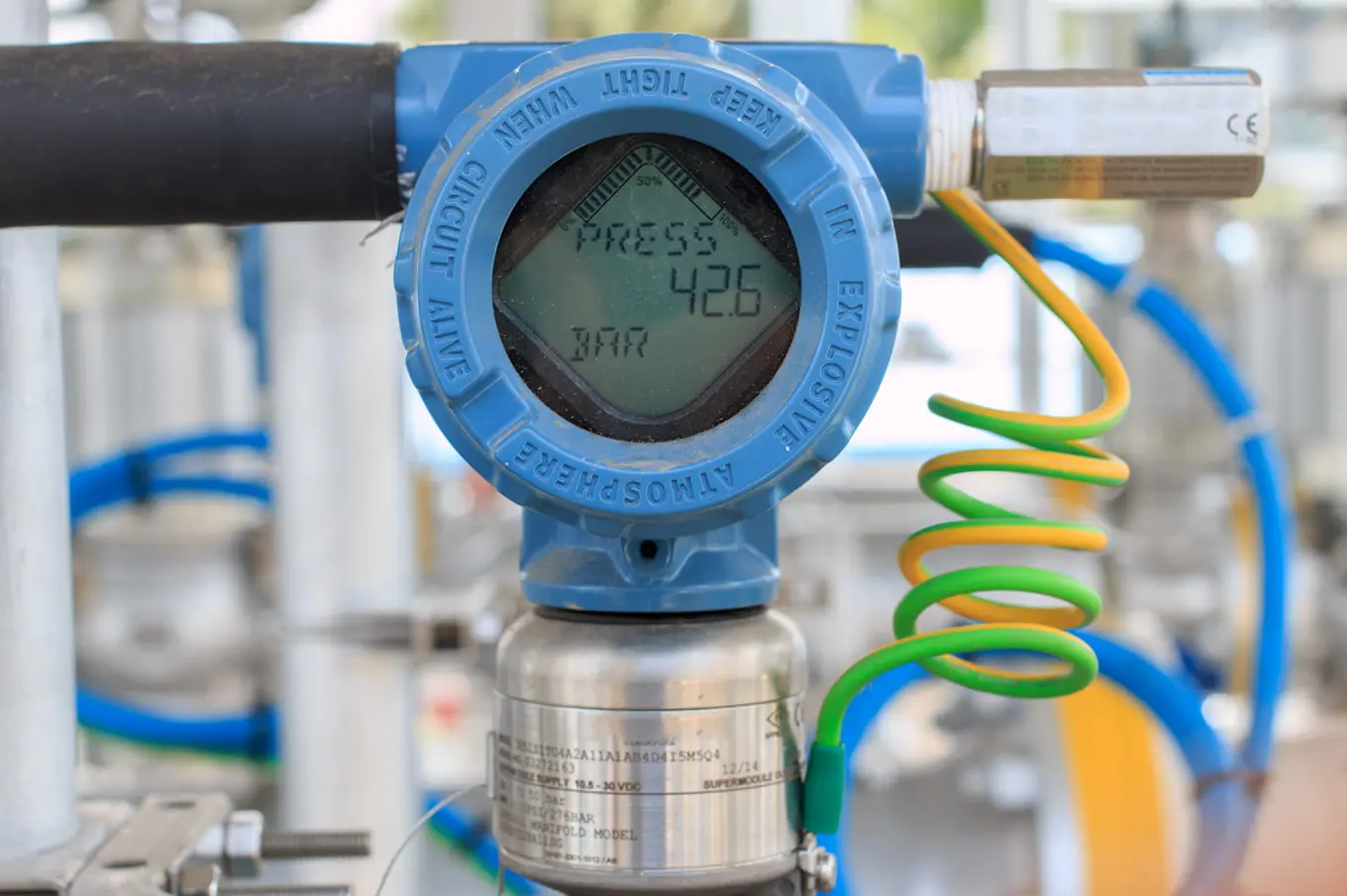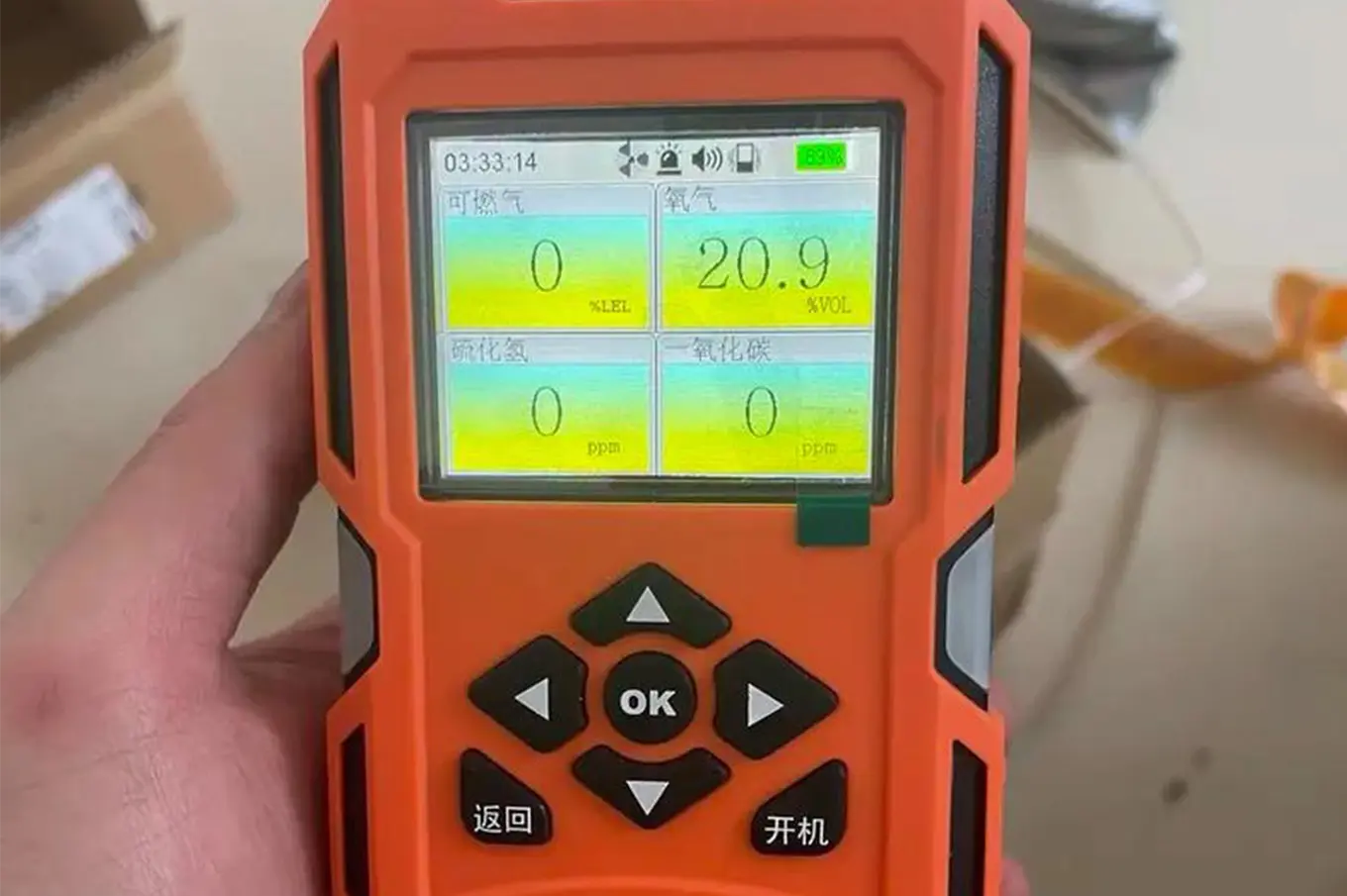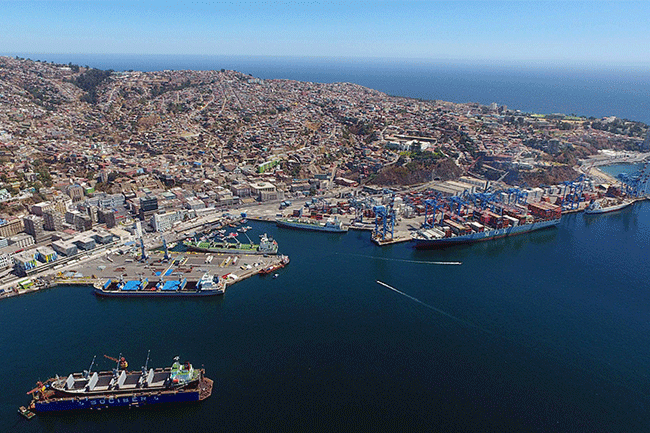- Shanghai Zhongshen International Trading Co., Ltd. – Your reliable partner with 20 years of import/export agency service expertise.
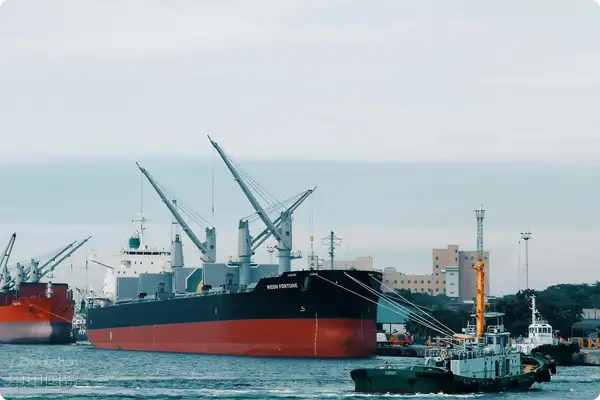
?Equipment Export?Hidden Costs and Breakthrough Paths
Against the backdrop of global industrial-equipment exports projected to top US$2.3 trillion in 2025, Chinese firms are seeing a 12 % year-on-year rise in customs-detention rates. One heavy-machinery maker had US$8 million worth of equipment stuck at the port for 37 days after an HS-code misclassification, racking up demurrage of US$24,000 per day. The episode lays bare three core pain points in equipment exports:
- Mismatch between technical parameters and customs determination
- Global Logistics Adaptation for Special Packaging Requirements
- EU Machinery Directive 2006/42/EC anti-vibration standard
- North American ASME B30.26 Rigging Standard
- The dynamic updates of multi-country certification systems lag behind.
Analysis of the Five Value-Added Modules of Professional Agency
Premium sales agents have moved beyond the traditional trade-intermediary role to deliver end-to-end solutions. In a German machine-tool export case, for instance, the agent shaved the delivery cycle from 92 days to 58 days and cut the tariff cost of a single shipment by 15.7%. Core service modules include:
- Pre-classification Review System: Compare equipment technical parameters through the HS CODE database
- Dynamic Compliance Early Warning: Monitor updates to product standards in 60+ countries
- Modular Logistics Solution: CombinationMaritime transport/Air freight/Optimal cost through ground transportation
- Credit-risk firewall: Integrate D&B + Coface data to verify buyer qualifications
- Final payment protection mechanism: Risk Hedging for LC and OA Mixed Payments
2025 Agency Service Capability Assessment Matrix
When selecting a proxy service provider, focus on four key dimensions:
- Industry Verticality: Whether you have hands-on experience with the specific category of equipment
- Customs response speed: 72-hour problem-solving capability under emergency conditions
- Overseas service node: Distribution of physical offices in countries where key ports are located
- Technical Adaptability: Can we handle the export of smart devices that contain AI components?
Cost Comparison Between Self-operated Export and Agency Models
- Document-error cost: self-operated 3.2% vs. agency 0.7%
- Average clearance time: self-operated 11.3 days vs. agency 6.8 days
- Incidence of demurrage: self-operated 28% vs. agency 9%
- Exchange-rate fluctuation loss: proprietary 4.5% vs. agency 1.2%
Evolution Trends of Agency Services in the Next Three Years
Based on the projected 2025 WTO regulations, equipmentExport Agent ServicesIt will usher in three major transformations:
- Dual Anti-Dumping and Countervailing Early-Warning System: Anticipate anti-dumping trends in the target market 180 days in advance
- Intelligent Customs Hub: AI System for Automatically Matching Customs Declaration Requirements of 40 Countries
- Carbon Footprint Traceability: Capabilities to meet the EU Carbon Border Adjustment Mechanism (CBAM) accounting requirements
A Zhejiang-based injection-molding-machine company, leveraging specialized agency services, successfully sidestepped the risks posed by Brazil’s INMETRO certification changes and lifted its South American market share by 19 % in 2024. The case confirms that, as equipment-export complexity keeps escalating, choosing an agency partner with both technical depth and resource-integration capability has become a strategic imperative for manufacturers seeking international competitive advantage.
Category Case
Contact Us
Email: service@sh-zhongshen.com
Related recommendations
Contact via WeChat

? 2025. All Rights Reserved.
